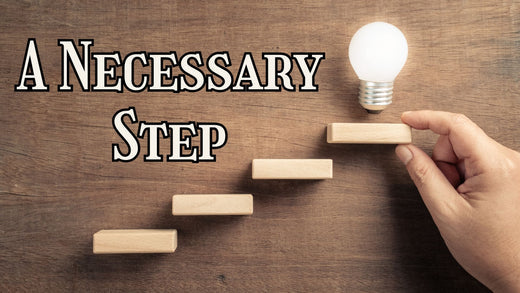
A Necessary Step
So you finished your rough draft. Angels are singing, the world seems brighter, flames are dancing up the wall…
Oh, wait, the last two are because your toddler found a box of matches.
Once the fire department leaves and the child has been chastised, you still have a finished rough draft! Congratulations!
Now for the big question: what do you do next?
Wait.
Not for the answer; wait before returning to your rough draft. Manuscripts are like cheese: to develop the proper funk and complexity, they need a little aging, time for your brain to move on to other things. If you skip this step, you’ll end up with boring mozzarella or ricotta…
Oh look, it’s that ghost of an Italian grandmother I see every so often. And she brought a frying pan…
Wait, why is she raising it?
Ow! Hey! Stop hitting me!
Having violently had my opinion changed on the exciting nature of certain cheeses (but not before you got the point, I hope), and after taking time for my wounds to heal, we can return to the manuscript for the next step:
The Rewrite.
I can hear the questions now: “You expect me to rewrite a 3,000-word short story/30,000-word novella/85,000-word novel?
Yes.
Ow! Hey! Stop hitting me!
Rebecca and I had a spirited discussion over this step, and how it fits into the writing process for both of us. Rebecca believes partial rewrites are part of revising, the process of turning a draft into a story. On the other hand, I'm of the opinion that a full rewrite should be part of your drafting process, turning your rough draft into a less-rough draft before workshopping/getting feedback.
Why?
Your first draft isn’t going to be well written, because that’s the nature of a first draft. You’re venturing into the story mines, chipping away bits and pieces from the story motherlode, and piecing them together to figure out what the story is.
The revision is your chance to tell that story coherently for the first time. It also gives both you and the writing buddies you turn to for workshopping and feedback a better idea of what your vision is for the story. I'm also a bit of a prude: throwing my writing to the world without doing a rewrite to tidy things up feels akin to jumping off the high dive in my birthday suit.
What should you be looking to accomplish in a rewrite?
A lot of the same things you'll try to do in a revision.
First, you should be looking to form a coherent story, smoothing out any odd skips and jumps that you may have missed in your rough draft.
Second, add richness to your prose. Look for places to add detail and depth, not just to the story itself, but to the way you tell it for the reader.
Third, cut anything you don’t need. In your rough draft, there are probably at least a couple of aimless ventures, dead-ends, and false starts. Get rid of those. Eliminate purple prose, tangents, and other words that don’t keep the story moving forward.
Lastly, check for spots where you can show instead of tell, and where you should tell instead of show. What did you gloss over the first time that you now think readers need to see in more detail? Is there anything you went on and on about that could have been covered in a couple sentences? The rewrite is a great place to do that.
When you’re done with the rewrite, the story should be stronger.
It’ll be different—I’ve noticed I rarely copy text from my rough draft into the rewritten draft verbatim. But the words will be stronger, the story will have richness and depth, and you won't feel quite as exposed when you submit it for workshopping and feedback.
